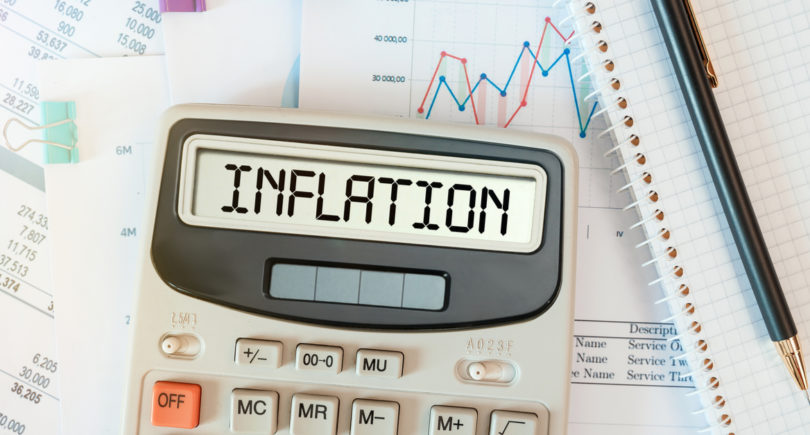
News Global Market EU 4622 30 April 2024
Compared to the same period in 2023, the indicator increased by 0.4% in the Eurozone and by 0.5% in the EU
In January-March 2024, the seasonally adjusted GDP of the euro area and the European Union increased by 0.3% quarter-on-quarter. In the fourth quarter of 2023, the euro area economy fell by 0.1% q/q, while the EU remained stable. This is evidenced by preliminary data from Eurostat.
Compared to the same period in 2023, GDP grew by 0.4% in the euro area and by 0.5% in the EU. On average, analysts predicted that the GDP of the euro area and the EU would grow by 0.1% q/q and 0.2% y/y in Q1.
The euro area’s economic growth in quarterly terms was the highest since the third quarter of 2022.
Germany’s GDP in January-March increased by 0.2% q/q and decreased by 0.2% y/y. France’s GDP grew by 0.2% q/q and 1.1% y/y, Italy’s grew by 0.3% q/q and 0.6% y/y. Spain’s economy grew by 0.7% q/q and 2.4% yy.
The European Commission has downgraded its growth forecast for the eurozone economy for 2023 and 2024, as inflation is still too high, consumer spending is declining, and Germany, the region’s largest economy, is slipping into recession. The eurozone’s GDP is expected to grow by 1.3% in 2024.
As GMK Center reported earlier, inflation in the eurozone rose by 2.4% y/y in March 2024, slowing down from 2.6% in February. Thus, inflation in Europe has been declining for the third month in a row.




